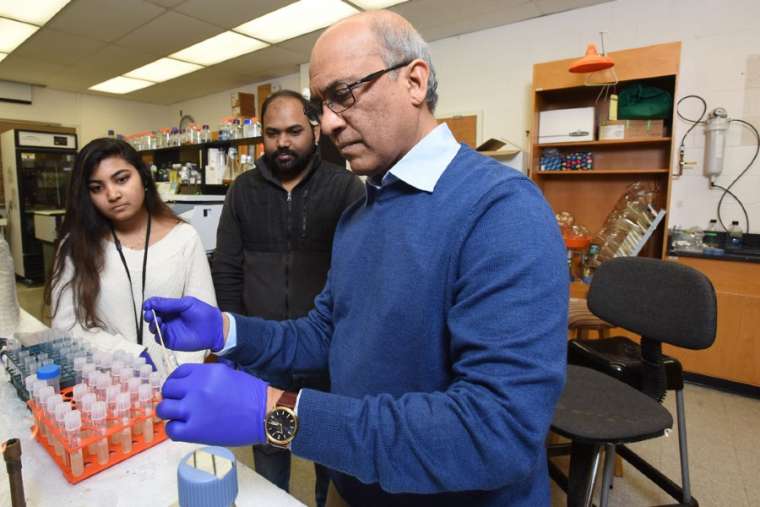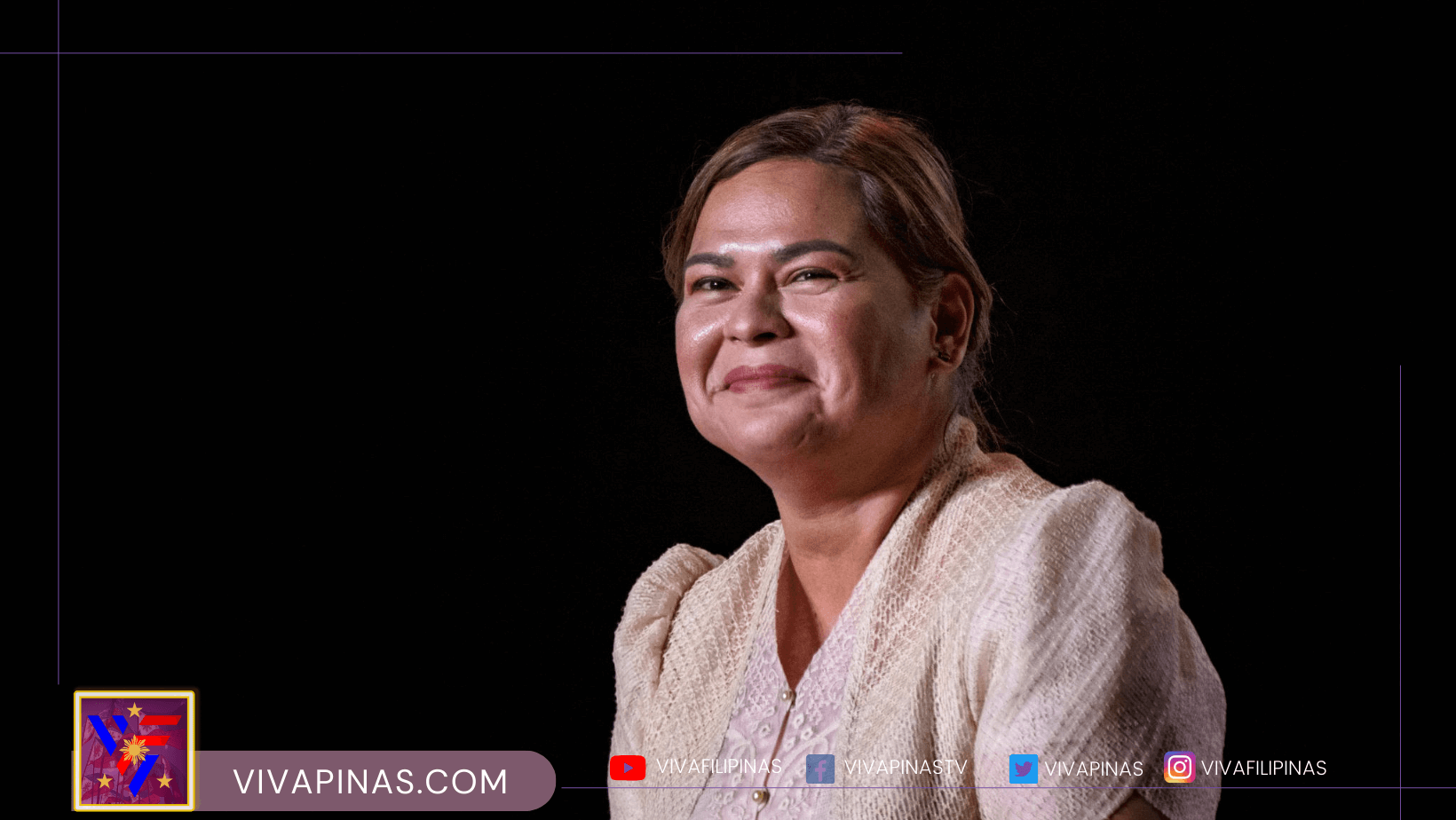
SOURCE: Catholic News Agency (CNA)
By Matt Hadro
Washington D.C., Apr 2, 2020 / 11:55 pm (CNA).- An expert research professor on vaccines at the Catholic University of America is working with the university to make his patents available royalty-free to help fight the coronavirus pandemic.
Dr. Venigalla Rao is a biology professor at the Catholic University of America, in Washington, D.C., and the director of the university’s Center for Advanced Training in Cell and Molecular Biology.
Roa explained in an interview with CNA Thursday that he and the university wanted to aid the global effort to develop a vaccine against the coronavirus.
“We felt that we can contribute, coming from a different angle, to design vaccine candidates against the novel coronavirus,” he said.
For more than 40 years Roa has studied viruses and how they can be used to develop vaccines. He is currently researching the new coronavirus (SARS-CoV-2) and working to conduct possible vaccine tests on animal models.
Watching the new coronavirus initially spread in China, Rao saw how hard it was to contain and predicted it would become a global problem. He went to administrators at Catholic University to devise a plan to help the international research effort to create a vaccine.
Rao’s research on bacteriophage T4, a benign virus that infects bacteria, helped produce a platform with which to develop vaccines for diseases such as cancer and HIV. In 2018, he published a paper on a dual vaccine he developed “to protect against simultaneous anthrax and plague infections,” and his work was published and profiled in a number of outlets including Newsweek.
What makes his platform unique, he said, is that “we can engineer the ability to incorporate multiple components” for “more effective immune responses.” Most coronavirus vaccines focus on only one component, he said, which may not be sufficient for full immune protection.
After Rao approached the university’s administration, the provost and other administrators came up with the initiative to release Rao’s technology patents to deliver vaccines.
On March 23, Catholic University announced it would be offering royalty-free licenses on patents for Rao’s work on the bacteriophage T4 virus platform and vaccine delivery systems. Eligible recipients can either make use of Rao’s vaccine candidates or use their own technology in combination with his platform.
The decision “was made in keeping with the tradition and expectations of the Catholic Church to provide the compassion of Christ to those in need,” the university’s vice provost for research Ralph Albano said in a statement.
Rao’s work has included the mechanisms of DNA packaging, anthrax and plague vaccine, and CRISPR genome editing. However, he has focused in particular on researching bacteriophage T4, working in collaboration with other universities including Purdue University, the University of California-San Diego, and the University of Illinois Urbanna-Champagne.
Through studying the mechanisms of the bacteriophage T4 virus, and incorporating proteins and DNAs from pathogenic organisms, Rao said he can assemble a virus—a “platform technology that could be adapted for a variety of biomedical applications,” he said, including vaccines and gene therapies.
This platform, he says, can be used as a boost for other researchers more familiar with coronaviruses to speed vaccine development.
Rao said that although he had already sent a funding request to the National Institutes of Health (NIH) for work in developing a coronavirus vaccine, “but we can’t wait for that, we just jumped into the efforts to do whatever– the best we could.”
The process of discovering, designing, and developing a vaccine is an “arduous process” and the best-case scenario for a COVID-19 vaccine will be around 18 months, he said.
Nevertheless, “we need to do the groundwork” now, he said, as discoveries made now can also impact health care in the future when other pandemics might emerge.
“I think what we are doing also is not only for this COVID-19 virus, but also what we learn from this, from which we can optimize, fine-tune these technologies and be better prepared for future emerging pathogens,” he said.





